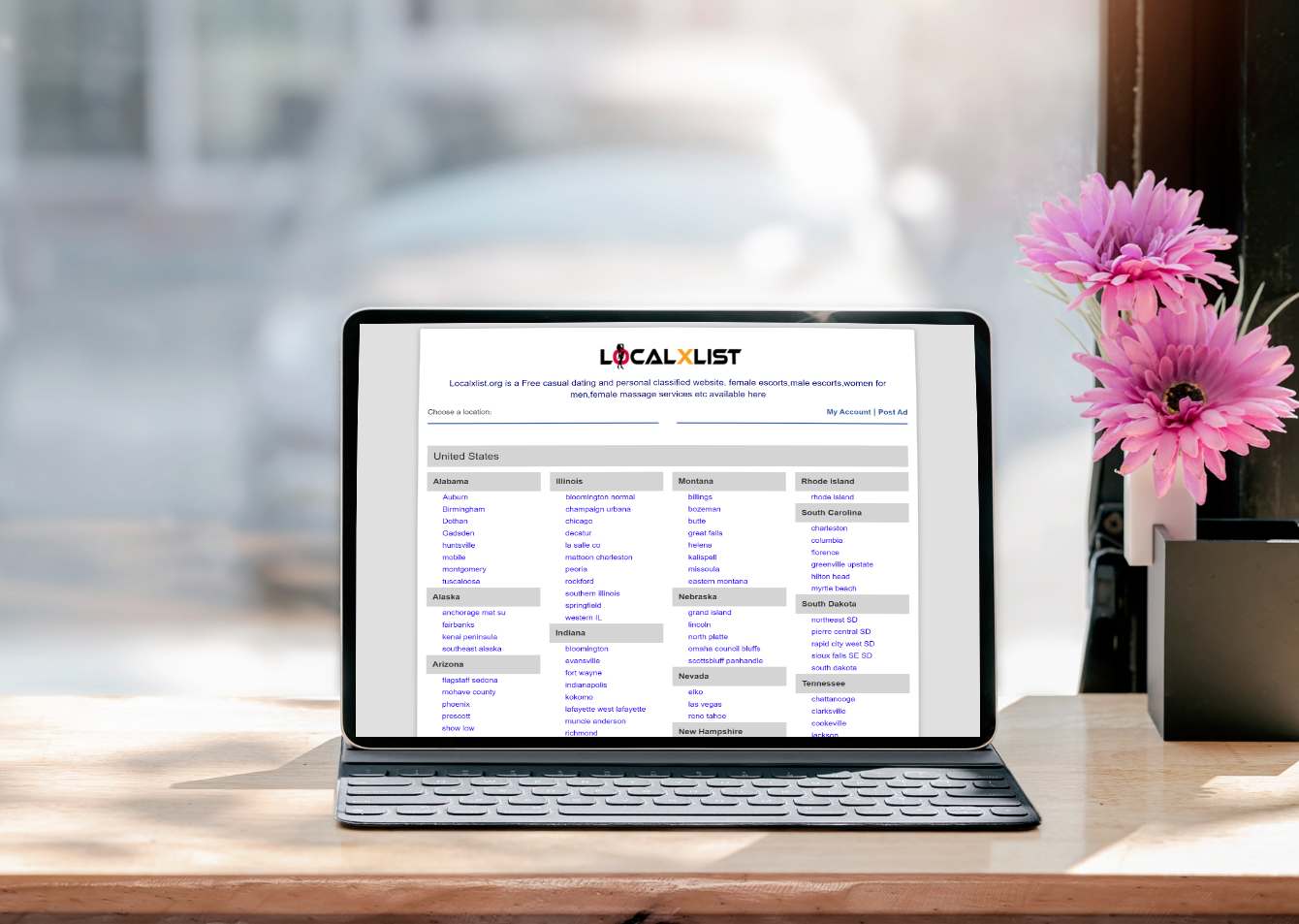When it comes to investing, “safe” and “return” don’t always live in the same neighborhood. But they can—if you know what safety means in your specific financial world. A safe return investment isn’t just about avoiding risk; it’s about creating confidence, consistency, and clarity with your money. The real question isn’t what to invest in, but why it feels safe for you. That safety is personal, not universal.
Principal Protection You Can Trust
For many investors, the defining feature of a safe return investment is the guarantee that your principal won’t disappear overnight. That could mean government-backed bonds like U.S. Treasuries or I Bonds, where the risk of default is near zero.
It might be an FDIC-insured high-yield savings account where every penny is protected. If you’re the kind of person who loses sleep over market dips, safety starts with principal protection—even if the return isn’t headline-worthy. Knowing your investment won’t shrink gives peace of mind that matters more than growth alone.
Predictable Income on a Schedule
Safety also shows up in predictability. A bond that pays 4% every six months, a dividend stock that hasn’t missed a payout in 20 years, or a fixed annuity with guaranteed monthly income—these give you a rhythm you can rely on.
For investors focused on cash flow, safety isn’t just about avoiding loss; it’s about being able to plan. If you depend on your investments for rent, retirement, or reinvestment, consistent income feels just as safe as a locked vault.
Limited Exposure to Market Volatility
If you’ve ever watched your portfolio take a sudden dive and felt your stomach sink, you know that volatility makes even good investments feel unsafe. Safe return investments often avoid dramatic ups and downs.
These might be low-beta ETFs, short-term bond funds, or stable dividend-paying stocks in defensive sectors. They don’t chase the highest highs—but they also don’t risk the lowest lows. For many, that emotional stability is what makes an investment feel secure, even if the numbers fluctuate slightly.
Liquidity When You Need It
An investment may be technically safe, but if you can’t access the funds when life throws a curveball, it can feel like a trap. Liquidity plays a huge role in personal investment safety. High-yield savings accounts, money market funds, or short-term bonds provide decent returns with easy access.
For investors who prioritize flexibility, safety includes knowing you can pull your money out without penalties, delays, or unnecessary stress. It’s not just about the return—it’s about control.
Protection Against Inflation
A 2% return sounds safe—until inflation eats it alive. For many investors, the real measure of safety is whether the investment keeps pace with the cost of living. Treasury Inflation-Protected Securities (TIPS), Series I Bonds, or even real estate trusts can provide modest returns with built-in inflation resilience.
If your goal is long-term purchasing power, then a “safe return” must grow—not just preserve—your money in a rising-cost world. Safety here means not falling behind.
Confidence in the Strategy, Not Just the Product
Ultimately, a safe return investment is one you understand and believe in. If you know how it works, what affects its value, and when it pays you—that knowledge creates its own kind of safety.
Whether it’s a stable ETF portfolio, a bond ladder, or a dividend strategy, the confidence that your plan makes sense and is aligned with your goals is what turns uncertainty into security. Safety isn’t only found in the asset—it’s found in how it fits you.
In the end, the safest return is the one you trust. Not because it never changes, but because it behaves in ways you expect, support, and understand. Safe return investments aren’t about eliminating all risk—they’re about choosing the kind of returns you can live with, even when the market tries to make you doubt yourself.




